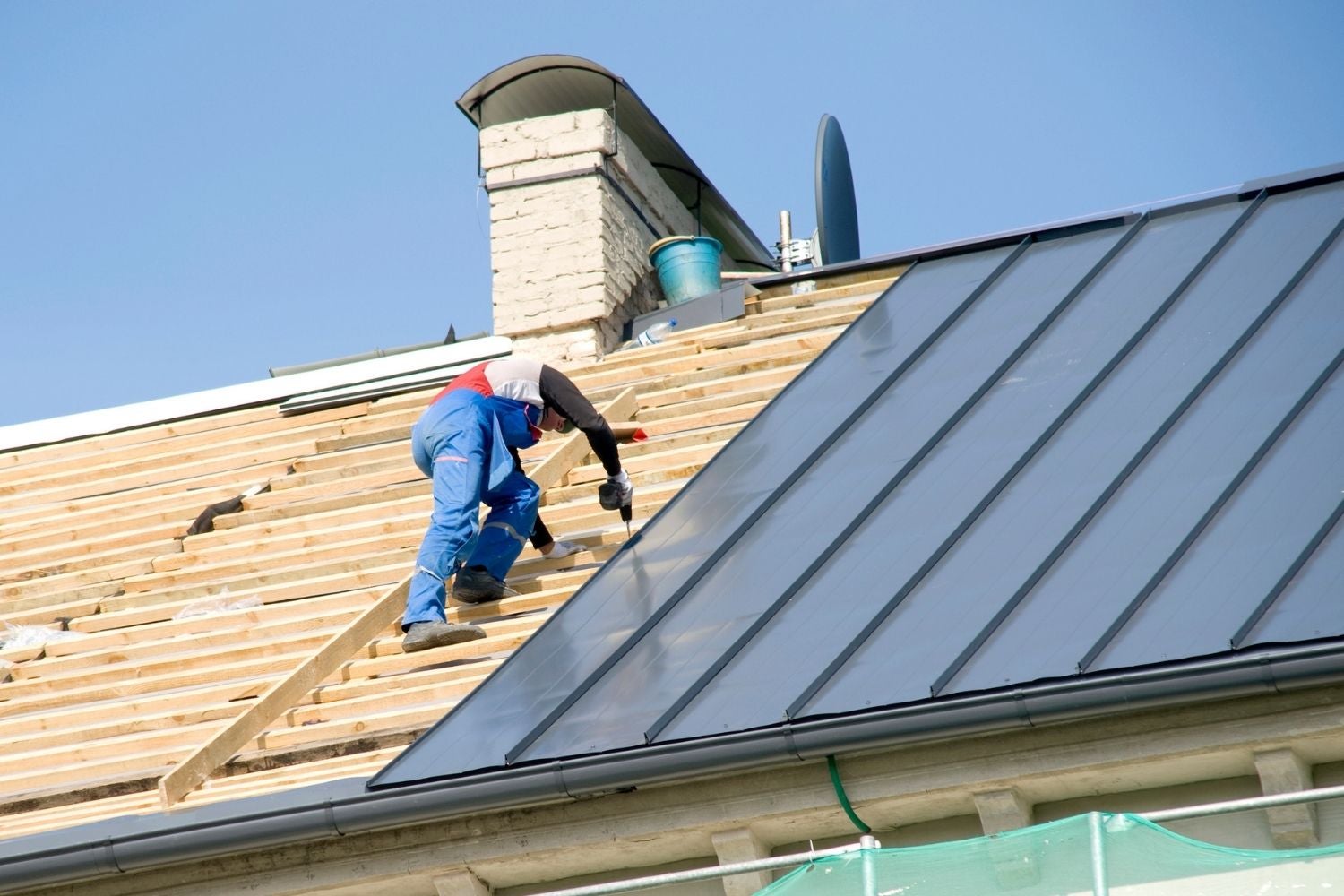

Articles
How Much Does It Cost To Fix A Roof Leak
Modified: January 23, 2024
Looking for articles on how much it costs to fix a roof leak? Find valuable information on roof leak repairs and their associated costs in this comprehensive guide.
(Many of the links in this article redirect to a specific reviewed product. Your purchase of these products through affiliate links helps to generate commission for Storables.com, at no extra cost. Learn more)
Introduction
A roof leak can be a major headache for homeowners. Not only can it damage the structure of your home, but it can also lead to costly repairs if left untreated. Fixing a roof leak promptly is crucial to prevent further damage to your home and belongings. However, the cost of roof leak repair can vary depending on several factors. In this article, we will explore the factors that affect the cost of fixing a roof leak, the different types of roof leaks, and the common causes and signs of roof leaks. Additionally, we will discuss the costs associated with roof leak repairs and whether it is better to tackle the repair as a DIY project or hire a professional.
Before delving into the details, it’s important to note that fixing a roof leak is not something to be taken lightly. It requires proper knowledge, tools, and expertise, especially if the leak is extensive. While some minor leaks can be patched up with simple repairs, major leaks may require more extensive work such as replacing damaged shingles, repairing flashing, or even replacing the entire roof in extreme cases. Therefore, it is crucial to assess the severity of the leak and consider whether it is a job that can be safely and effectively done by yourself or if it is best left to a professional roofer.
Regardless of whether you decide to tackle the repair yourself or hire a professional, it is essential to understand the factors that can affect the cost of fixing a roof leak. The cost can vary depending on the type of roof and the extent of the damage. Let’s take a closer look at these factors.
Key Takeaways:
- Addressing roof leaks promptly is crucial to prevent further damage. Factors affecting repair costs include roof type, extent of damage, accessibility, roof age, location, and additional services.
- While DIY roof leak repairs may seem cost-effective, hiring a professional can ensure safety, quality work, and long-term savings. Regular inspections and maintenance help prevent costly repairs.
Read more: How Much Does It Cost To Fix A Plumbing Leak
Factors Affecting the Cost of Roof Leak Repair
The cost of roof leak repair can be influenced by various factors. Understanding these factors can help you estimate the potential expenses and make informed decisions. Here are the key factors that affect the cost of roof leak repair:
- Roof Type: The type of roof you have plays a significant role in determining the cost of repair. Different roof materials, such as asphalt shingles, metal, tile, or slate, have varying costs for materials and labor.
- Extent of Damage: The severity and extent of the roof leak will impact the cost. If the leak is localized to a small area, the repair might be relatively simple and less costly. However, if the leak has caused extensive damage or if there are multiple leaks throughout the roof, the cost will likely be higher.
- Accessibility: The accessibility of your roof can affect the cost of repair. If your roof is steep, has multiple levels, or if there are obstacles that hinder access, it may require additional time and effort for the repair, resulting in higher costs.
- Roof Age: The age of your roof can influence the repair cost. Older roofs may require more extensive repairs or even replacement if the damage is severe. Additionally, the availability of replacement materials for an older roof type can impact the overall cost.
- Location: The location of your home can also impact the cost of roof leak repair. Labor costs can vary depending on the local market, as well as factors like weather conditions and building regulations.
- Additional Services: Sometimes, roof leak repair may require additional services, such as replacing damaged insulation, fixing gutter systems, or repairing damaged flashing. These additional services can add to the overall cost of the repair.
- DIY vs. Professional: Whether you choose to repair the roof leak yourself or hire a professional will also affect the cost. While DIY repairs may seem cost-effective upfront, keep in mind that improper repairs can lead to further damage and additional expenses in the long run.
Keep in mind that these factors are not exhaustive, and every situation is unique. It is advisable to consult with a professional roofing contractor for an accurate assessment of your specific roof leak repair needs and an estimate of the associated costs.
Types of Roof Leaks
A roof leak can occur in various ways and locations on your roof. Understanding the different types of roof leaks can help you identify them and take appropriate actions for repair. Here are the most common types of roof leaks:
- Missing or Damaged Shingles: This is one of the most common causes of roof leaks. Missing or damaged shingles can allow water to infiltrate underneath and penetrate into the roof structure. Over time, this can lead to water leakage into your home.
- Cracked Flashing: Flashing is the material used to seal areas where the roof meets other components, such as chimneys, vents, or skylights. If the flashing becomes cracked or deteriorated, water can seep through the gaps and cause leaks.
- Clogged Gutters: When gutters are clogged with leaves, debris, or other obstructions, water can overflow and seep into the roof. This can lead to water damage and roof leaks if not addressed promptly.
- Condensation: In some cases, a roof leak may be caused by condensation buildup in the attic. Improper ventilation or insulation can result in moisture accumulation, leading to water dripping or seeping through the ceiling.
- Ice Damming: In cold climates, ice can accumulate on the roof and create “ice dams.” These dams prevent proper drainage of melting snow, causing water to back up and find its way under the shingles, which can result in leaks.
- Flat Roof Issues: Flat roofs are more prone to leaks due to their design and lack of slope for water runoff. Ponding water, deteriorated roofing materials, or faulty installation can lead to roof leaks in flat roof structures.
- Skylight Leaks: Skylights add natural light and aesthetic appeal to a home, but they can also be a source of leaks. Improper installation, damaged seals, or deteriorated flashing around skylights can result in water infiltration.
It’s important to regularly inspect your roof for any signs of these types of leaks. Early detection and prompt repair can help prevent further damage and save you from costly repairs in the future. If you notice any signs of a roof leak, it is recommended to consult with a professional roofing contractor for a thorough inspection and proper repair.
Common Causes of Roof Leaks
A roof leak can be caused by a variety of factors. Understanding the common causes of roof leaks can help you identify the source of the problem and take appropriate actions for repair. Here are some of the most common causes of roof leaks:
- Age and Wear: Over time, the materials used in your roof can deteriorate due to constant exposure to the elements. As roofing materials age, they become more susceptible to damage and can develop cracks, gaps, or lose their protective coatings. This can lead to water penetration and roof leaks.
- Missing or Damaged Shingles: Strong winds, heavy rain, or fallen debris can cause shingles to become dislodged or damaged. When shingles are missing or compromised, it exposes the underlying roof structure to water infiltration and increases the risk of leaks.
- Flashing Problems: Flashing refers to the metal strips or sheets installed around roof features such as chimneys, vent pipes, or skylights to prevent water from seeping in. If the flashing becomes worn, cracked, or incorrectly installed, it can create openings for water to enter and cause leaks.
- Poor Roof Installation: Improper installation of the roofing system can lead to various issues, including roof leaks. Whether it’s incorrect nail placement, insufficient sealing, or improper slope, any errors during installation can compromise the integrity of the roof and result in leaks.
- Clogged Gutters: When gutters become clogged with leaves, debris, or ice, water cannot flow freely and can accumulate on the roof. This excess water can seep under the shingles and cause leaks in the roof. Regular gutter cleaning and maintenance are essential to prevent this issue.
- Condensation and Poor Ventilation: Inadequate ventilation in the attic can lead to condensation buildup, especially in humid climates. The excess moisture can cause damage to the roof deck and lead to leaks. Proper attic ventilation is crucial to prevent this issue.
Identifying the cause of a roof leak can sometimes be challenging, especially if it is not visible from the interior of your home. If you suspect a roof leak but are unsure of the underlying cause, it is recommended to seek the advice and expertise of a professional roofing contractor. They can conduct a thorough inspection and provide the necessary repairs to address the root cause of the leak.
Regular maintenance and prompt repairs can help prevent costly roof leaks. Keep an eye out for signs of damage, such as missing shingles or water stains, and address them promptly to avoid more extensive and expensive repairs.
Signs of a Roof Leak
Recognizing the signs of a roof leak is essential to prevent further damage to your home. Catching a roof leak early can save you from extensive repairs and costly expenses. Here are some common signs that indicate you may have a roof leak:
- Water Stains on the Ceiling: One of the most obvious signs of a roof leak is water stains on your ceiling. These stains can appear as dark patches or discoloration and are often accompanied by a musty odor.
- Dripping Water: If you notice water dripping from the ceiling or coming down the walls, it is a clear indication of a roof leak. Take immediate action to prevent further damage and assess the extent of the leak.
- Mold or Mildew: Excessive moisture from a roof leak can create the perfect environment for mold and mildew growth. Check for any signs of mold or mildew on walls, ceilings, or in the attic. Mold or mildew growth should be addressed promptly as it can lead to health issues.
- Peeling or Blistering Paint: When water seeps into the walls or ceiling due to a roof leak, it can cause the paint to bubble, blister, or peel. If you notice these signs, it’s likely that there is moisture accumulating from a roof leak.
- Sagging or Warped Ceiling: A roof leak can cause the ceiling to sag or become uneven. If you notice any changes in the appearance or structure of your ceiling, it may be an indication of a roof leak that requires immediate attention.
- Damp or Wet Attic: Regularly inspect your attic for any signs of moisture or dampness. Be on the lookout for wet insulation, water stains on the walls or floor, or a musty smell. These signs suggest a roof leak that needs to be addressed promptly.
- Visible Roof Damage: If you notice any obvious damage on your roof, such as missing or damaged shingles, cracked flashing, or curled roofing materials, it is likely to be a source of a roof leak. Addressing these issues promptly can help prevent water infiltration.
If you observe any of these signs, it is important to take immediate action. Contact a professional roofing contractor to conduct a thorough inspection and determine the source of the roof leak. Postponing repairs can lead to further damage and potentially more costly repairs down the line.
Read more: How To Fix A Leak In The Roof
Cost of Roof Leak Repair
The cost of roof leak repair can vary depending on several factors, including the extent of the damage, the type of roof, the location, and the required materials and labor. It is important to understand the potential costs associated with roof leak repairs to effectively budget and plan for the necessary repairs. Here are some factors to consider when determining the cost of roof leak repair:
- Extent of Damage: The severity and extent of the roof leak will play a significant role in determining the cost. Minor leaks that only require simple repairs, such as replacing a few shingles or fixing flashing, will generally be less expensive than extensive leaks that require more complex repairs or even roof replacement.
- Type of Roof Material: The type of roof you have will impact the cost of repairs. Different roofing materials, such as asphalt shingles, metal, tile, or slate, have varying costs for materials and labor. Some materials may require specialized repairs or replacement, which can affect the overall cost.
- Accessibility: The accessibility of your roof can influence the cost of repair. If your roof is steep, has multiple levels, or requires specialized equipment or safety measures, the labor costs may be higher. Additionally, if there are obstacles hindering access to the damaged area, it may require additional time and effort to complete the repair.
- Location: The location of your home can also impact the cost of roof leak repair. Labor costs can vary depending on the local market conditions, such as the cost of living, competition among roofing contractors, and regional factors. Additionally, if your location experiences extreme weather conditions, such as high winds or heavy rainfall, it may require more durable materials and additional repairs, increasing the overall cost.
- Additional Services: Sometimes, roof leak repair may require additional services, such as replacing damaged insulation, fixing gutter systems, or repairing damaged flashing. These additional services can add to the overall cost of the repair, so it’s important to factor them into your budget.
It is worth noting that the cost of roof leak repair can range from a few hundred dollars for minor repairs to several thousand dollars for extensive damage or roof replacement. To get an accurate estimate, it is recommended to obtain quotes from professional roofing contractors. They will assess the specific needs of your roof, provide a detailed breakdown of the costs, and offer recommendations for the most cost-effective and long-lasting solution.
While it may be tempting to opt for the cheapest quote, it is important to consider the quality of materials and workmanship. Choosing a reputable roofing contractor with a proven track record can help ensure the repair is done correctly and prevent further issues down the line.
DIY vs Professional Roof Leak Repair
When faced with a roof leak, homeowners often wonder whether they should attempt to fix it themselves or hire a professional roofing contractor. While DIY repairs can seem cost-effective, it’s crucial to consider the advantages and disadvantages of each option to make an informed decision. Here are some key factors to consider when deciding between DIY and professional roof leak repair:
- Skill and Knowledge: Roof leak repair requires specific skills and knowledge about roofing systems. Professionals have the expertise and experience to accurately diagnose the problem, identify the best repair method, and execute the repairs effectively. They are familiar with safety protocols, building codes, and best practices, which can prevent further damage and ensure long-lasting repairs.
- Safety: Roof work can be dangerous, especially if you are inexperienced or unfamiliar with safety precautions. Professional roofing contractors have the necessary safety equipment and training to perform repairs safely, minimizing the risk of accidents or injuries. They are also insured, providing additional protection in case of any unforeseen incidents during the repair process.
- Quality of Work: Hiring a professional ensures that the repair work is done to a high standard. Professionals have access to quality materials, tools, and techniques that may not be readily available to homeowners. A well-executed repair by a professional can extend the lifespan of your roof and provide long-term protection against future leaks.
- Time and Convenience: Repairing a roof leak can be time-consuming, especially if you lack experience or access to specialized tools. Hiring a professional allows you to save time and effort, as they will handle all aspects of the repair process, from assessment to cleanup. Additionally, professionals can often complete the repairs more quickly, reducing the disruption to your daily life.
- Cost Considerations: While hiring a professional may come with a higher upfront cost, it can save you money in the long run. Professionals have access to quality materials at wholesale prices and can identify potential underlying issues that may lead to future leaks. A well-executed professional repair can help prevent further damage and costly repairs down the line.
- Warranty and Guarantees: Professional roofing contractors often offer warranties or guarantees on their work. This provides you with peace of mind, knowing that if any issues arise after the repair, the contractor will address them without additional cost to you.
That being said, there are some cases where homeowners with adequate skills and knowledge may be able to successfully tackle a minor roof leak. However, it’s important to be realistic about your abilities and the complexity of the repair. If you are unsure or the repair requires extensive work, it is advisable to consult with a professional roofing contractor.
Ultimately, the decision between DIY and professional roof leak repair depends on your comfort level, expertise, time constraints, and budget. If in doubt, it is recommended to seek professional advice to ensure the best outcome for your roof and your home.
Conclusion
Roof leaks can be a frustrating and costly problem for homeowners. Timely detection and repair of roof leaks are crucial to prevent further damage to your home and belongings. Understanding the factors affecting the cost of roof leak repairs, the types and common causes of roof leaks, and the signs to look out for can help you take appropriate action when faced with a roof leak.
When it comes to repairing a roof leak, you have the option of tackling the repair as a DIY project or hiring a professional roofing contractor. While DIY repairs may seem tempting, it’s important to consider your skills, knowledge, and available resources. A professional roofing contractor brings expertise, experience, and access to quality materials and tools, ensuring a high standard of workmanship and long-lasting repairs.
While hiring a professional may come with a higher upfront cost, it can save you money and headaches in the long run. Professionals can accurately assess the extent of the damage, offer suitable repair solutions, and provide warranties or guarantees on their work. Moreover, they have the necessary training and safety equipment to carry out the repairs safely, minimizing the risk of accidents or further damage.
Ultimately, the decision between DIY and professional roof leak repair will depend on factors such as the complexity of the repair, your skills and knowledge, and your budget. It’s important to weigh the advantages and disadvantages of each option and make an informed decision that aligns with your abilities and priorities.
Remember, when it comes to roof leak repair, prevention is key. Regular roof inspections, maintenance, and keeping your gutters clean are effective measures to help prevent roof leaks. Additionally, addressing any signs of roof leaks promptly can help mitigate the extent of damage and save you from costly repairs in the future.
If you are unsure about the best course of action for your roof leak, it is recommended to consult with a professional roofing contractor. They can assess your specific situation, provide expert advice, and offer cost-effective solutions to resolve the roof leak and ensure the long-term integrity of your roof.
Frequently Asked Questions about How Much Does It Cost To Fix A Roof Leak
Was this page helpful?
At Storables.com, we guarantee accurate and reliable information. Our content, validated by Expert Board Contributors, is crafted following stringent Editorial Policies. We're committed to providing you with well-researched, expert-backed insights for all your informational needs.
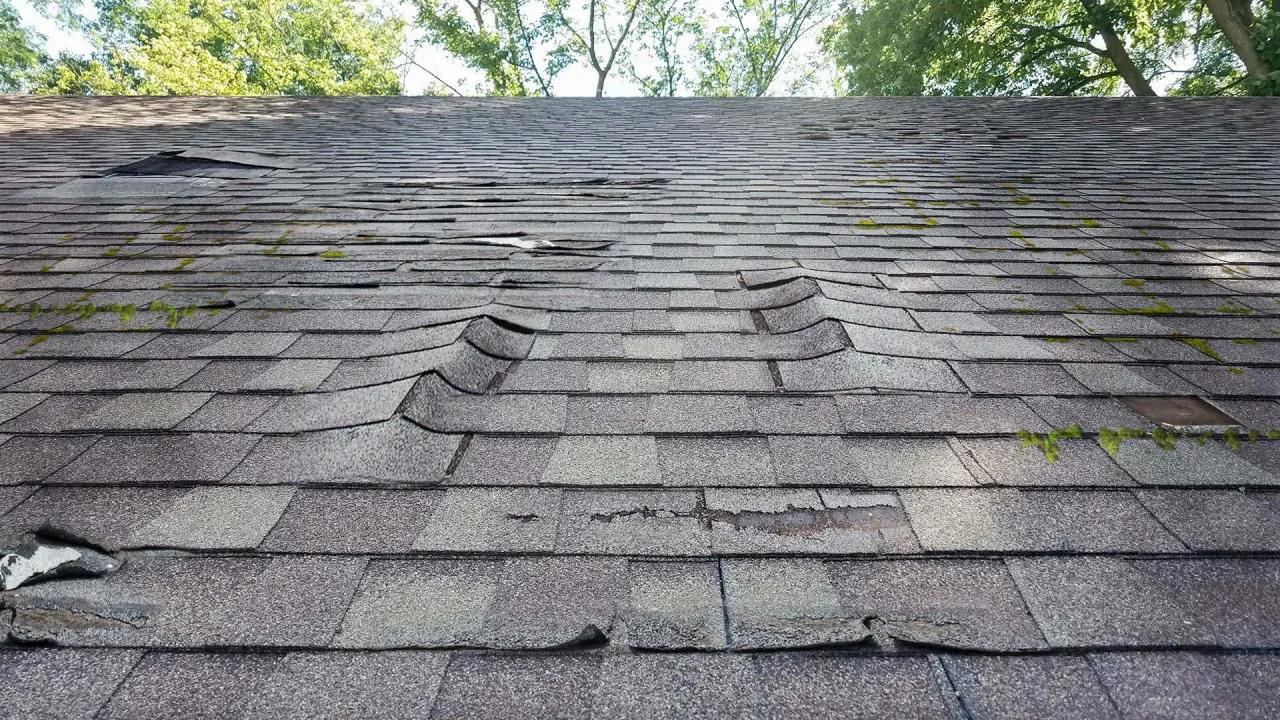
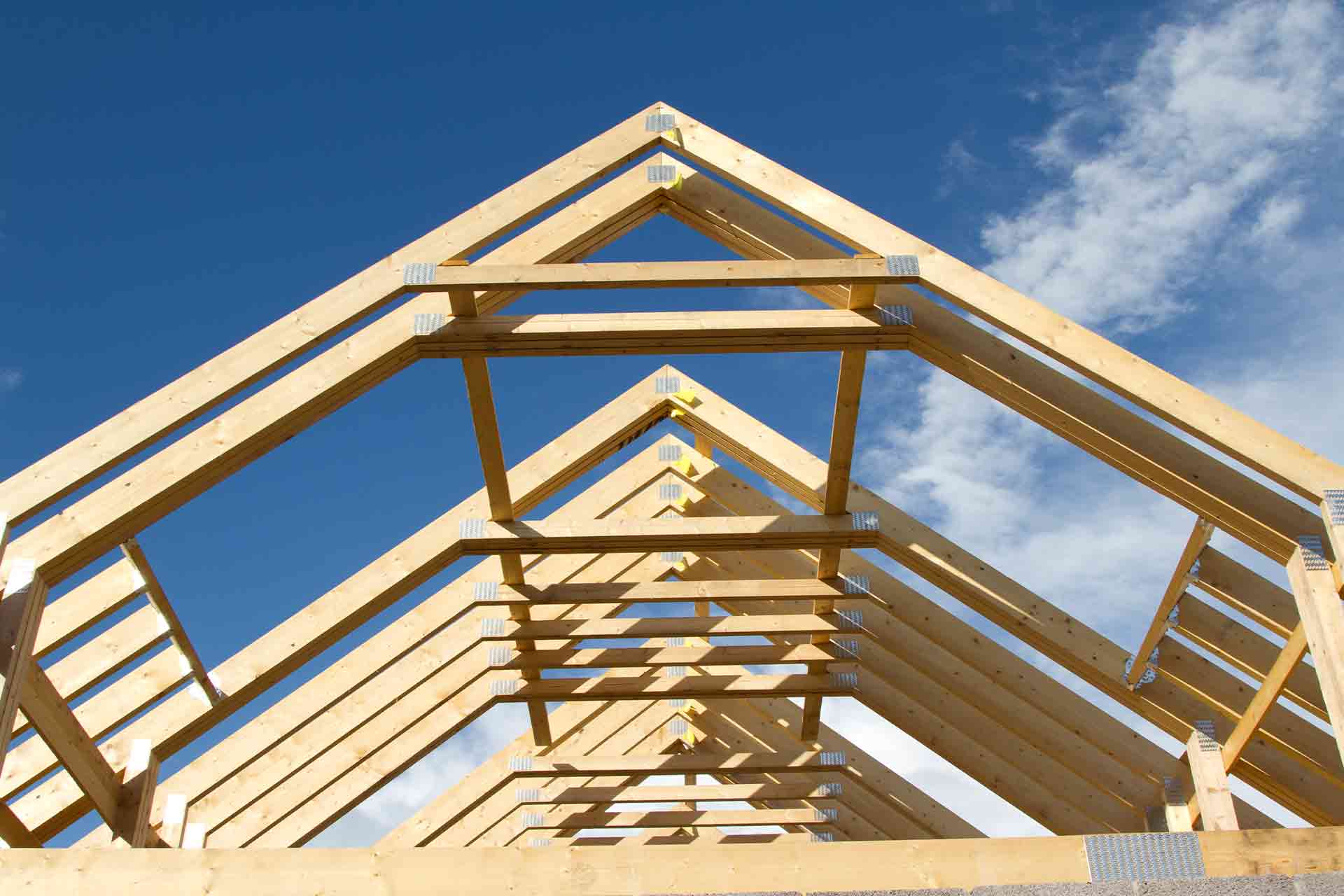
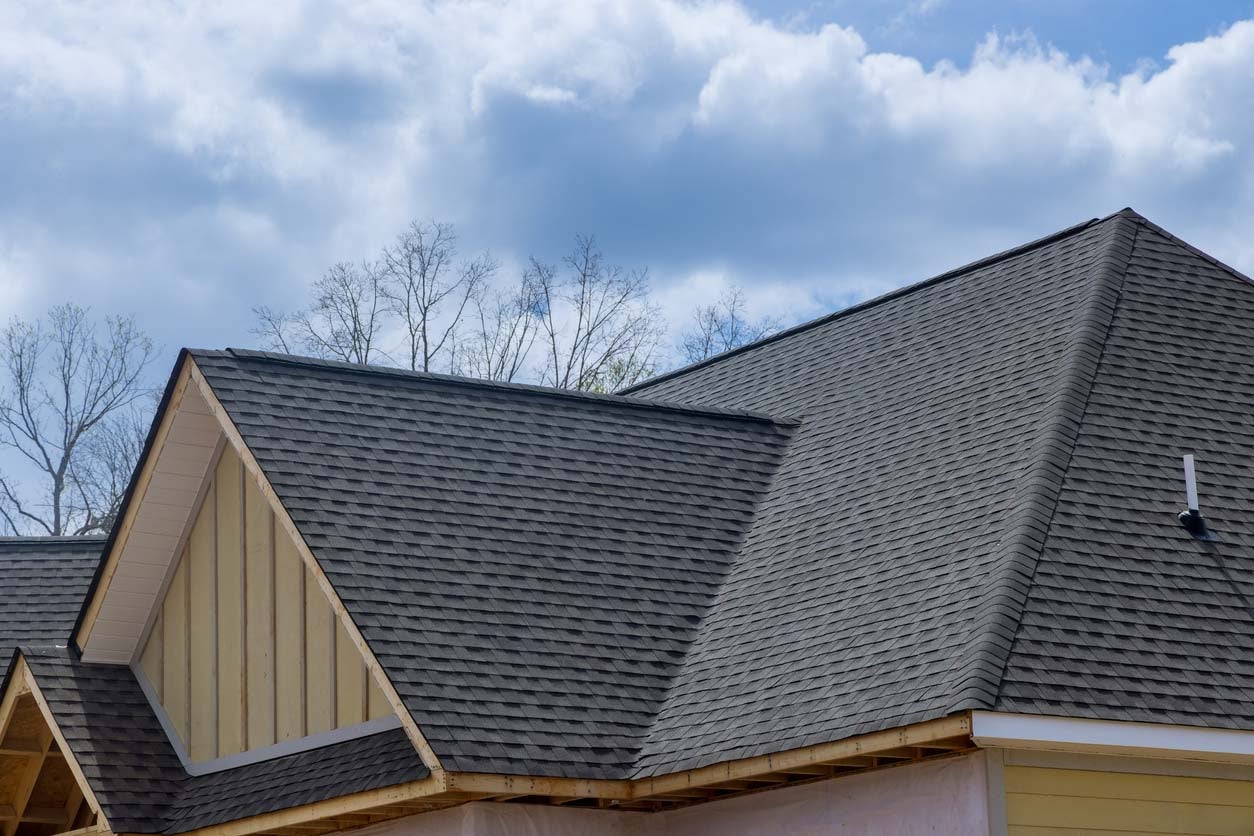
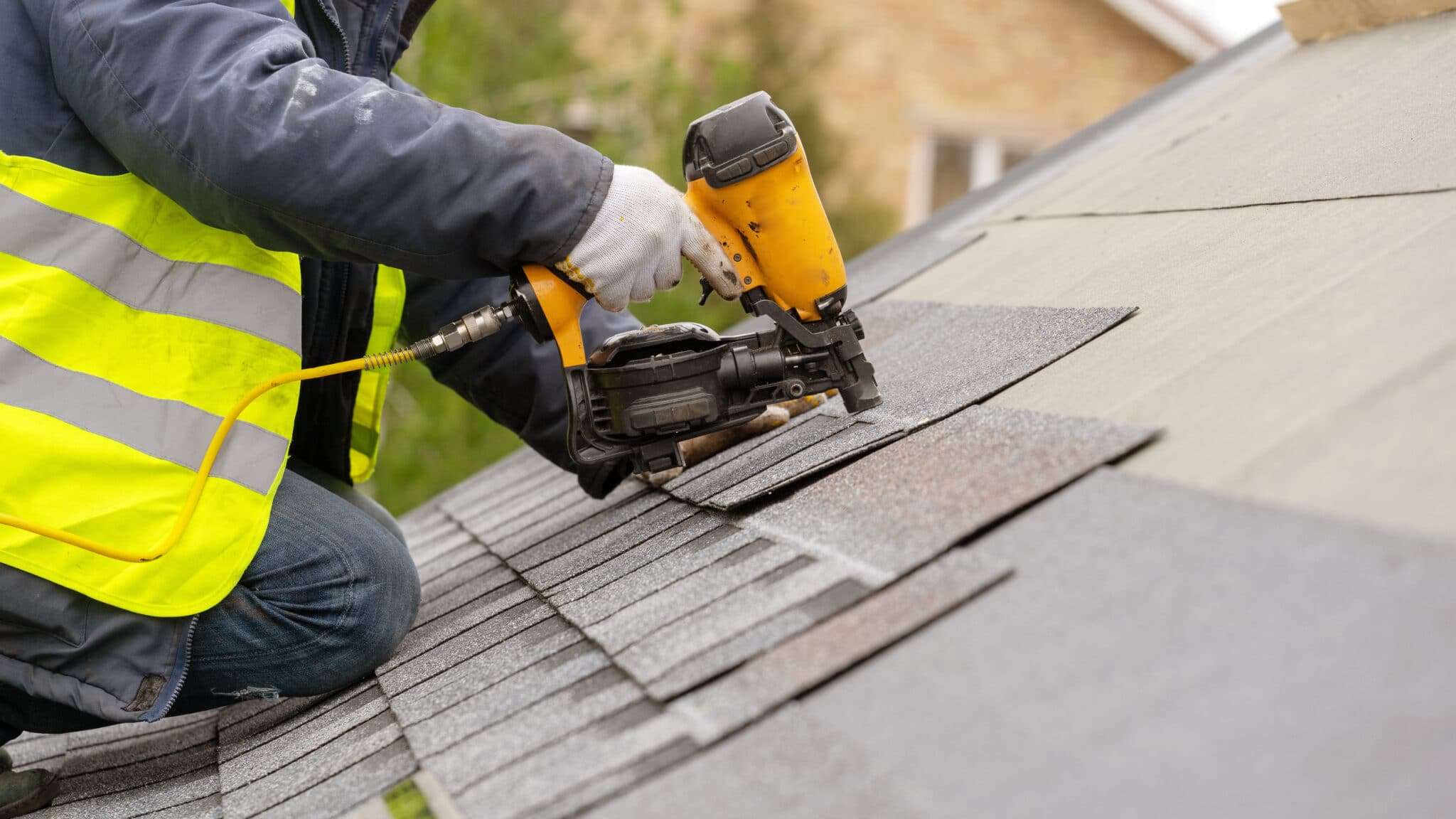
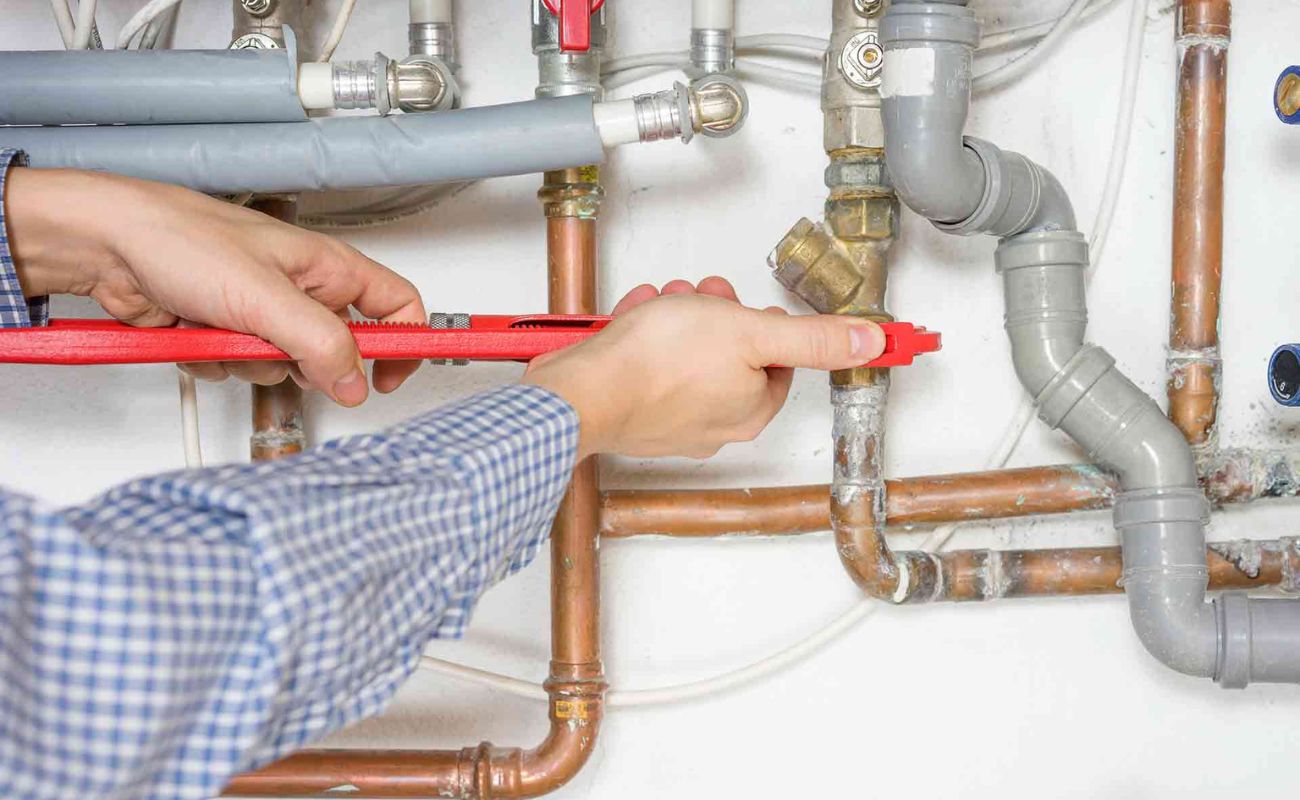
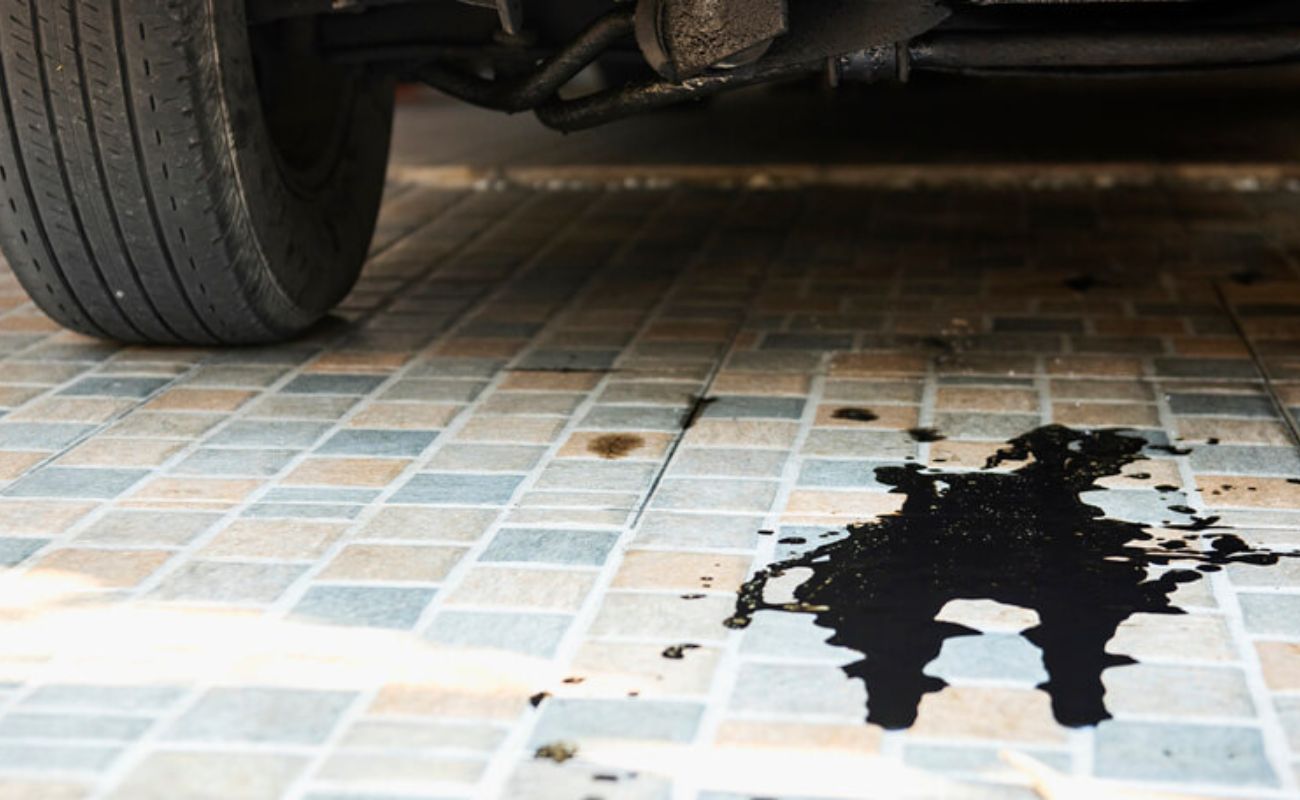
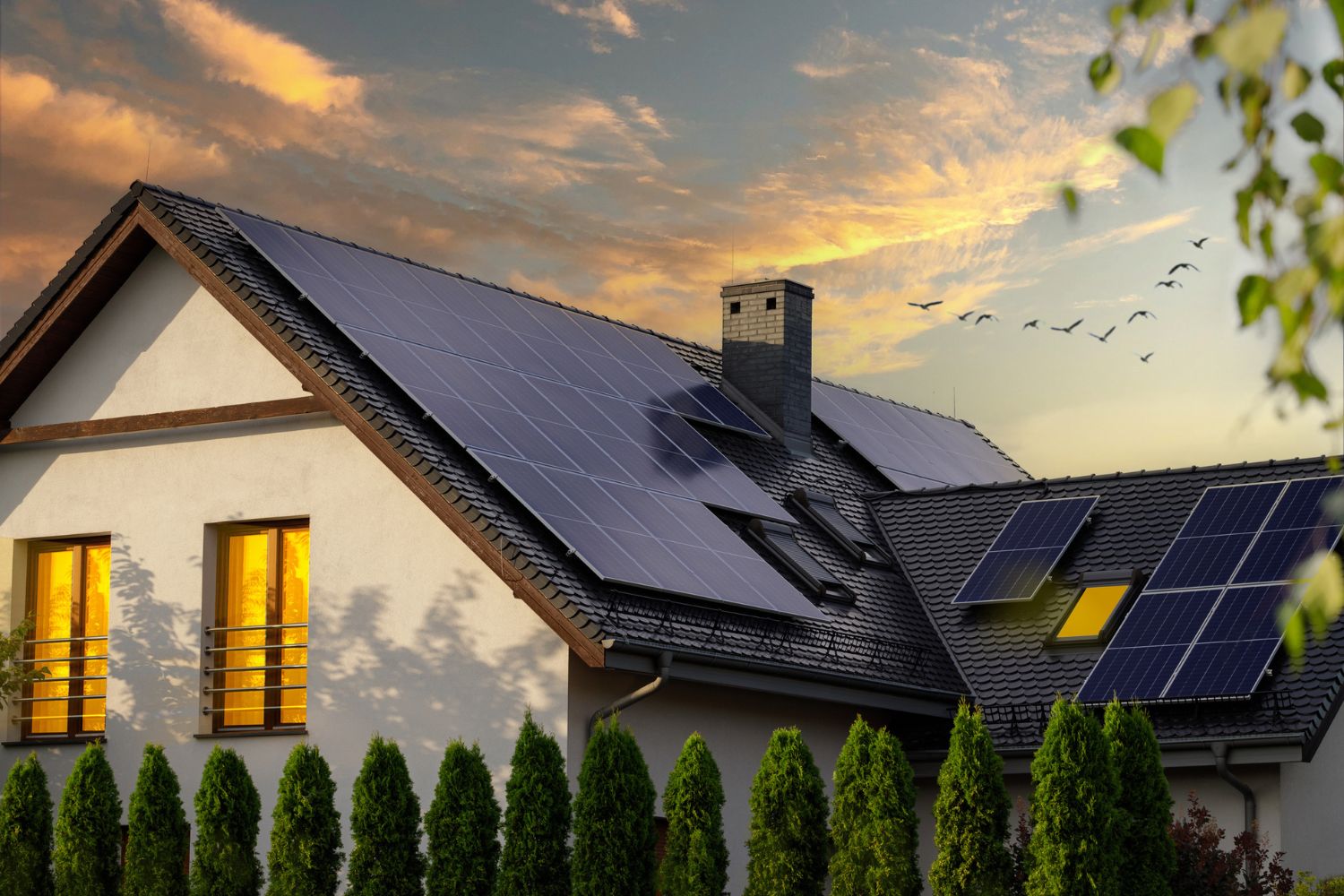
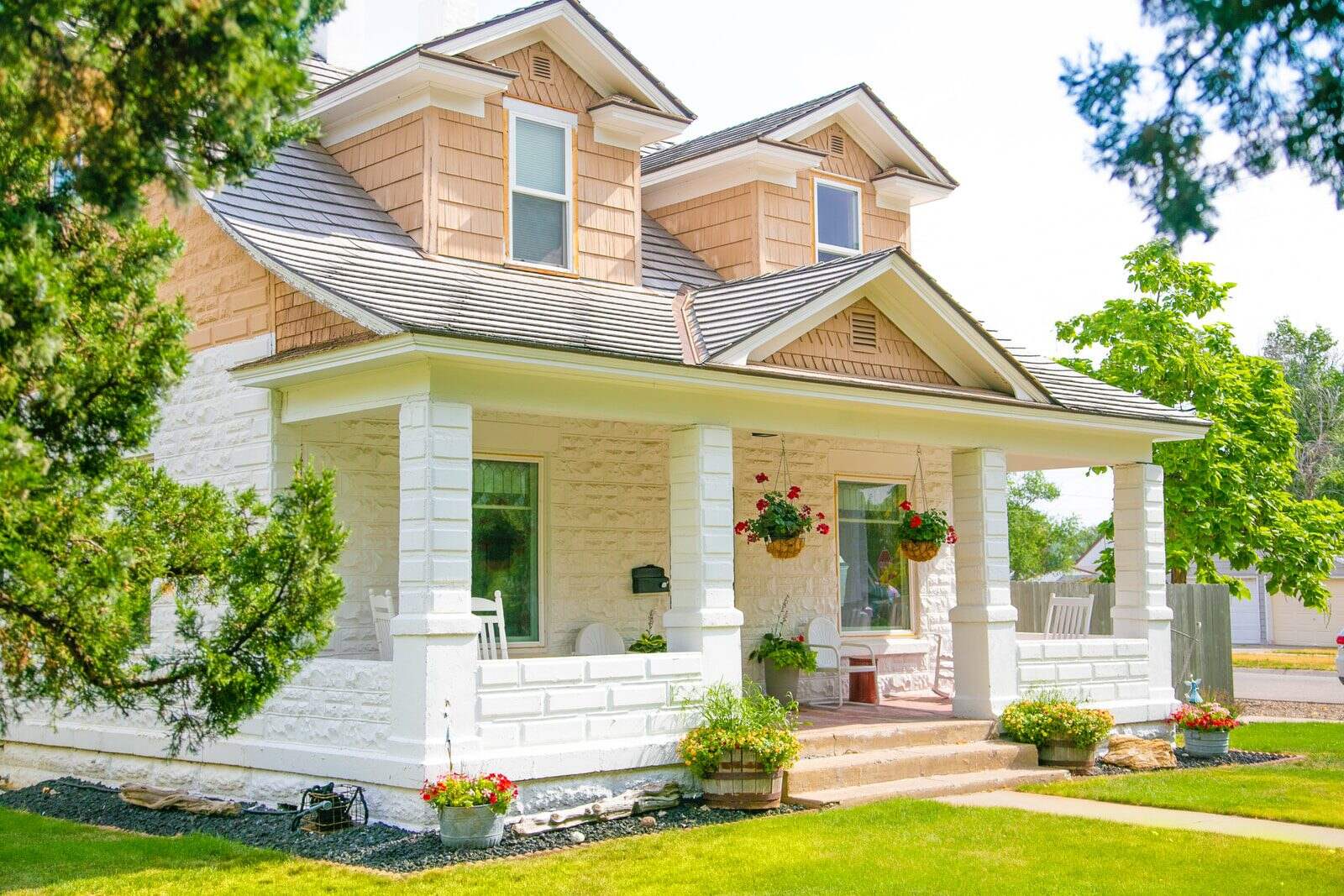
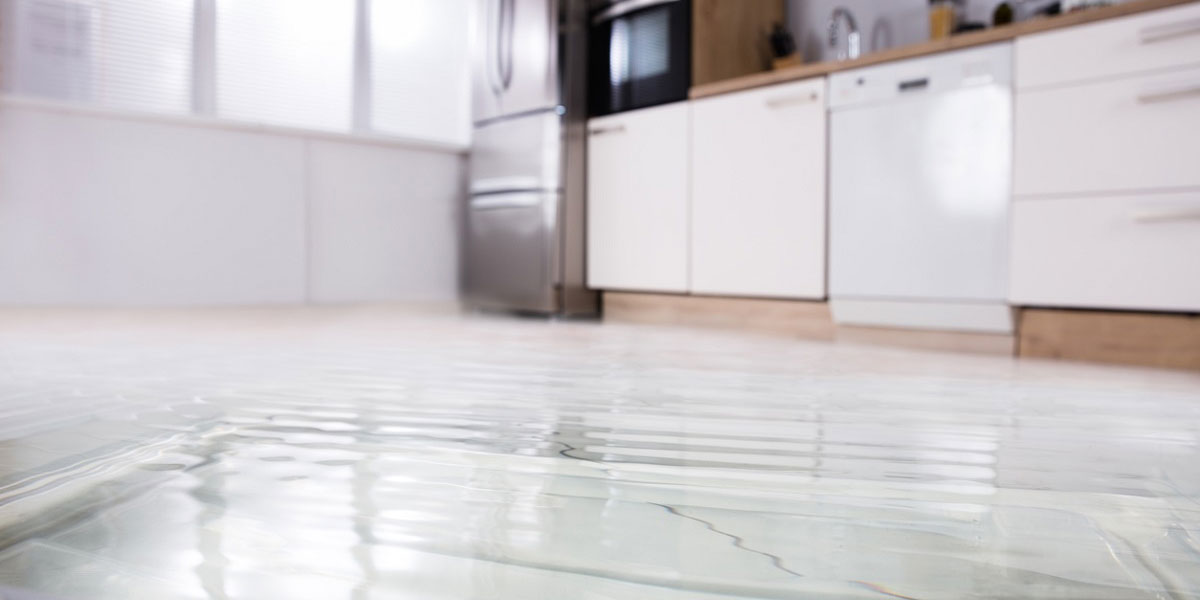
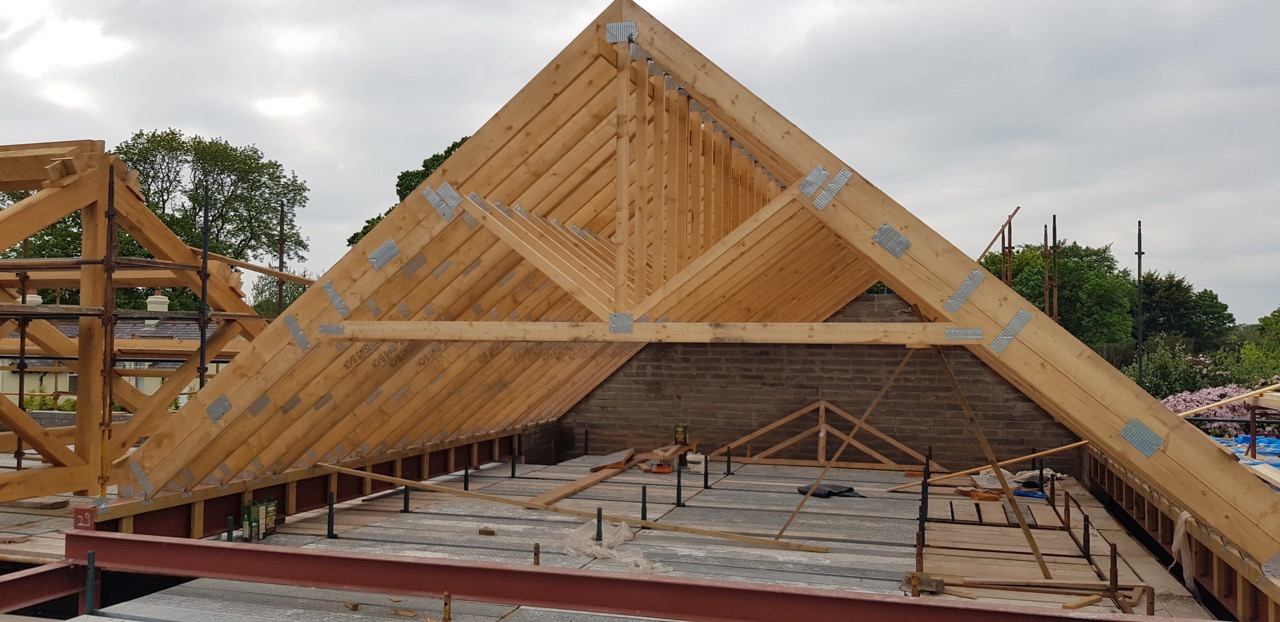
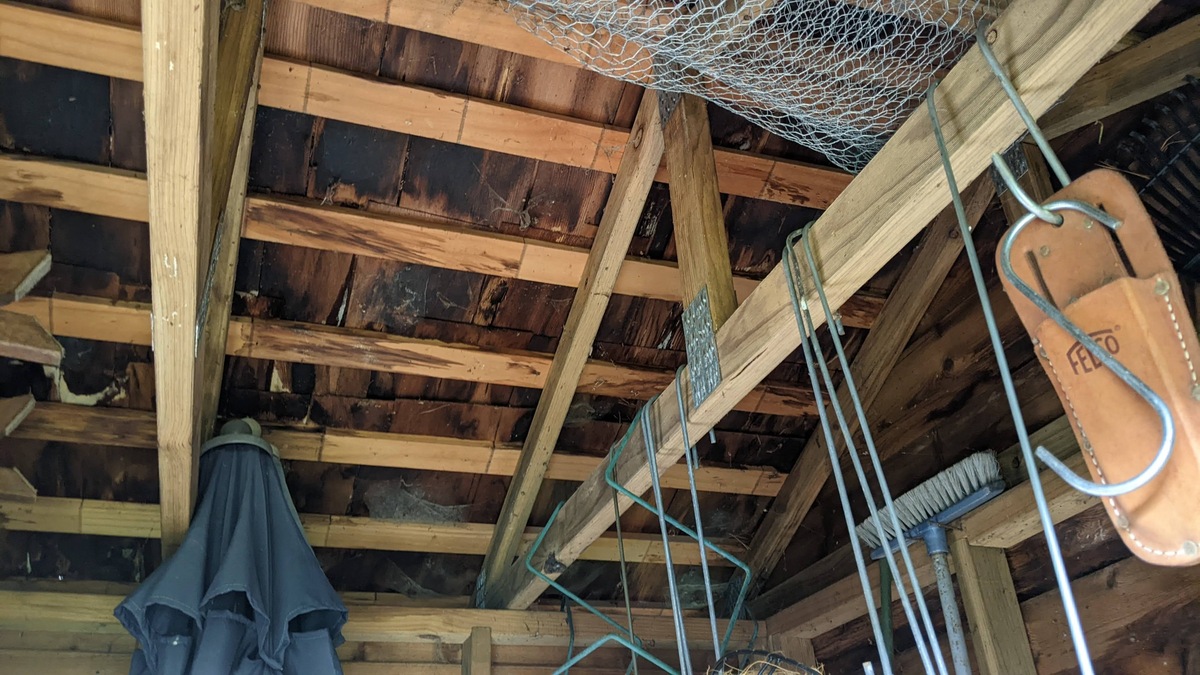
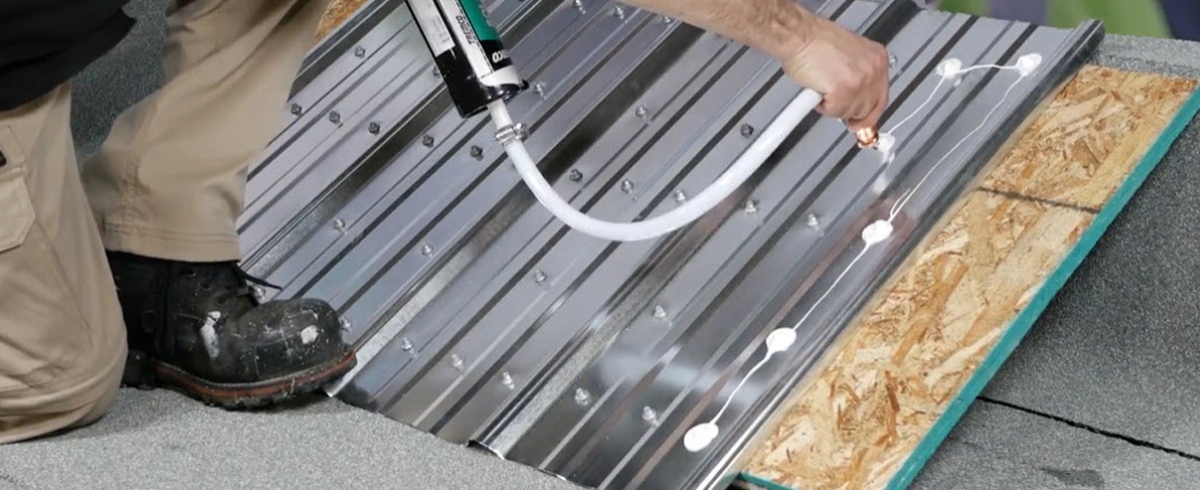
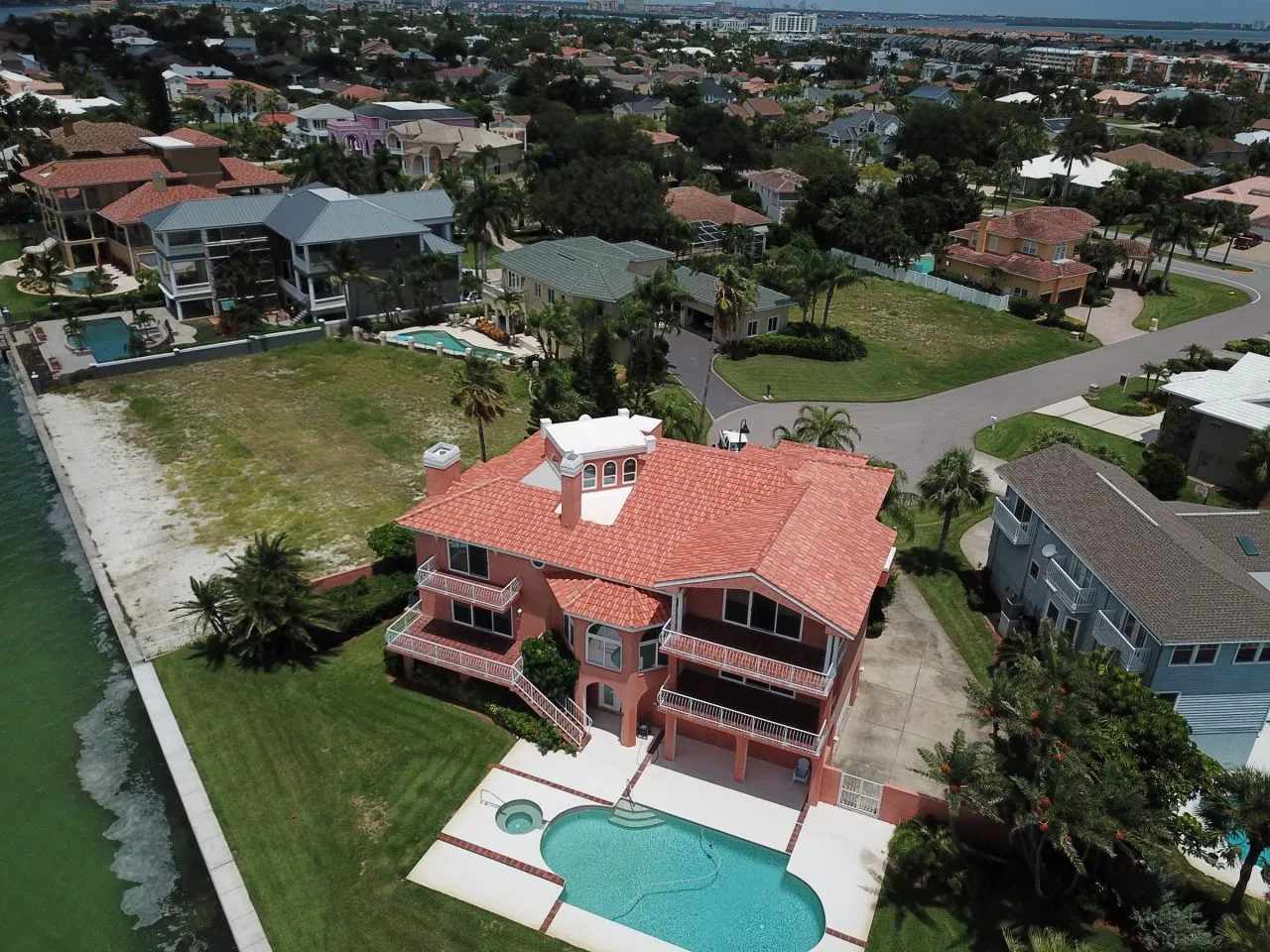
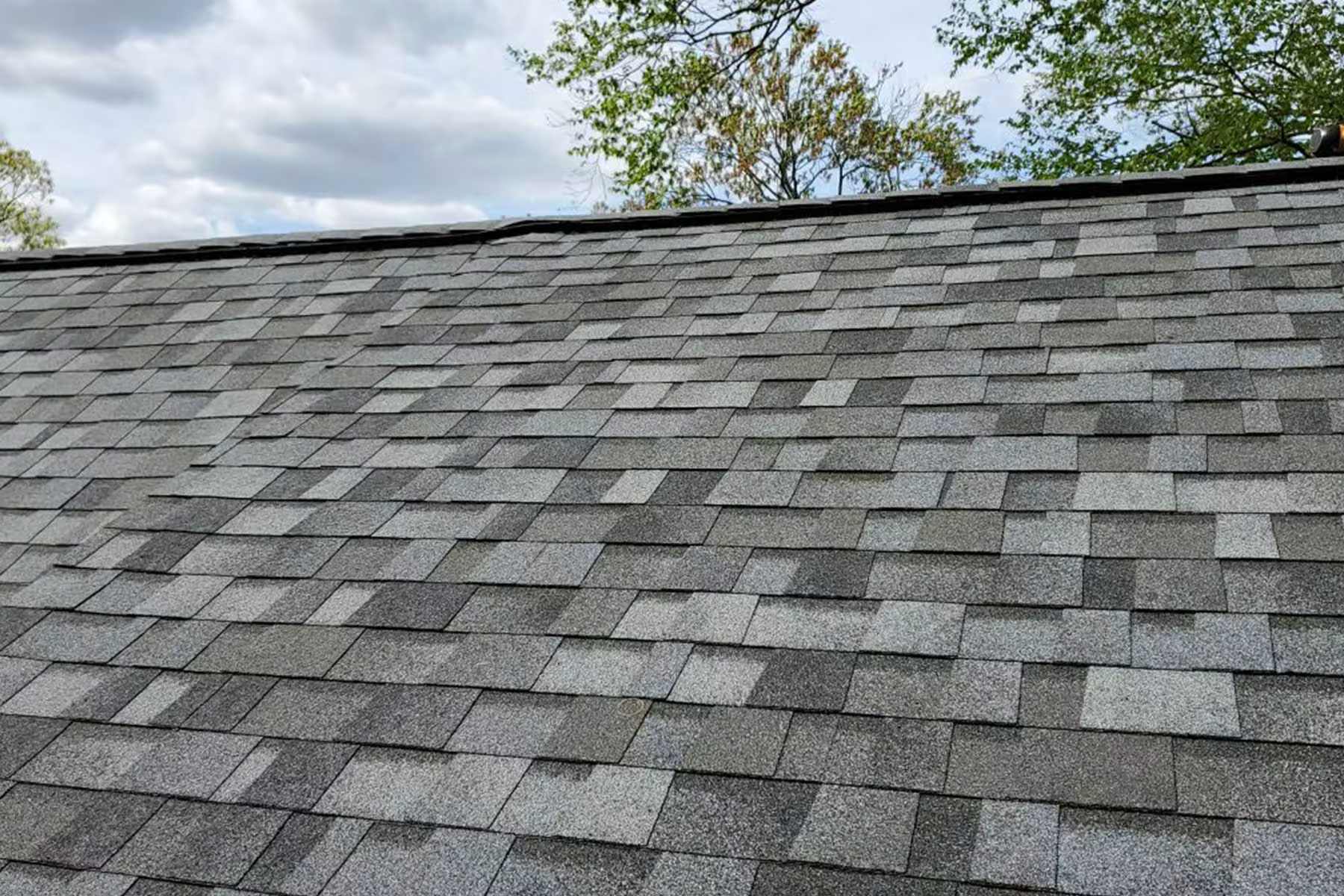

0 thoughts on “How Much Does It Cost To Fix A Roof Leak”